20. The Third Man
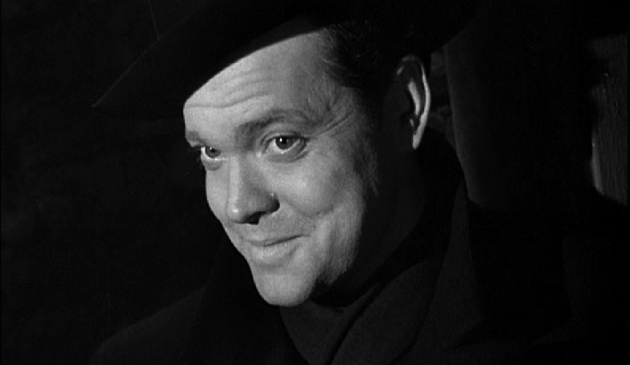
The Third Man is considered a masterpiece of noir cinema, and overall an excellent film, perhaps one of the greatest of all time, due to its balance of atmosphere and narration. The film stars Jospeh Cotten, but the plot revolves around Orson Welles’s character, Harry Lime, an almost mythical figure, who only appears in the last section of the movie.
Welles famously reworked part of the script written by Graham Greene (already a accomplished novelist), including the famous Swiss/Italy speech. The best moment in this film full of great scenes is the reveal of Orson Welles’ character, first in full figure, then through a zoom which ends on a close up of Welles and his inimitable ironic smile.
19. A Bout de Souffle
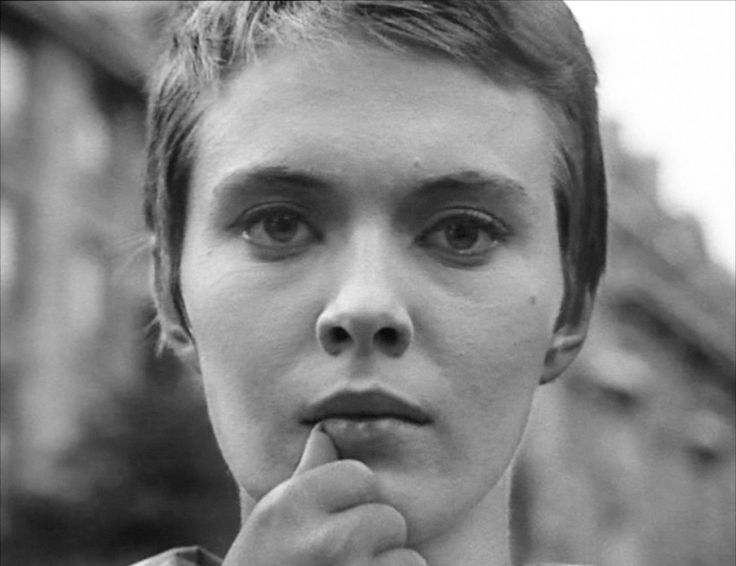
The debut film by Jean-Luc Godard is one of the first movies that make a programmatic and notable use of techniques such as quick cuts and documentary-style filmmaking. Part of the film’s charme comes from the performance of Jean Seberg, who has become an icon of French style from the Sixties (even if the character she plays in an American).
Her grace is captured in her close-up from the final scene of the film, where she looks directly to the camera, confused by her lover’s last words, before turning away and thus ending the movie.
18. The Shining
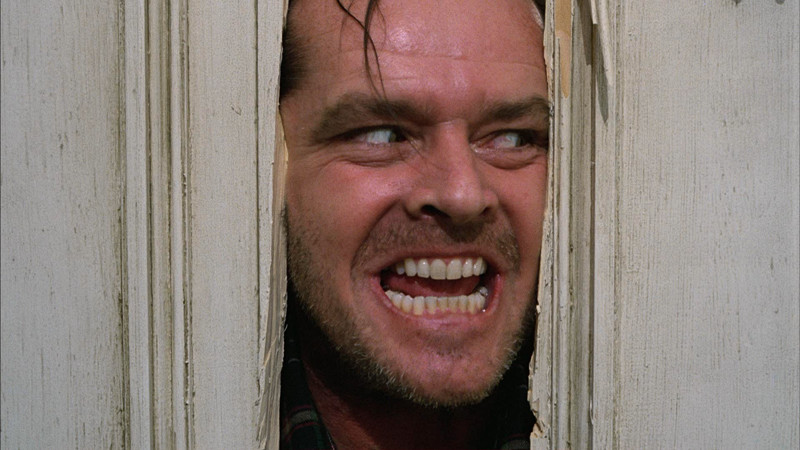
During most of his career, Kubrick famously changed movie genre for every new film he made. Shining, released in 1980, is his successful attempt at making an horror movie. The film established many staples of the genre while homaging other, well-known ones. The film has a frightful and haunting atmosphere, and is characterized by many visual inventions, as well by Jack Nicholson’s performance.
The Shining lets Nicholson exploit many of his acting skills, which are fully unleashed when Jack Torrance completely loses his grip on reality. An unforgettable close-up in the film comes from the “Here’s Johnny!” scene, in which Nicholson’s deranged face pops us from an axed door, almost in a comical manner if it wasn’t a truly frightening moment.
17. Battleship Potemkin
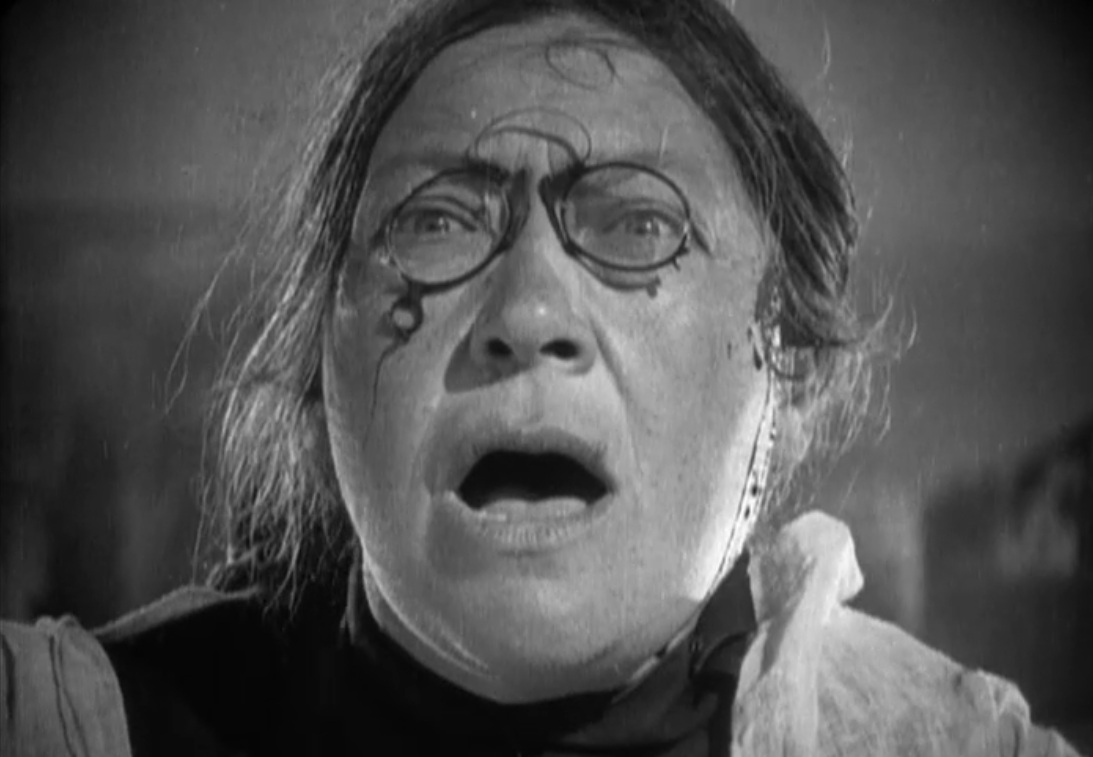
A masterpiece of Soviet filmmaking, Battleship Potemkin by Sergei Eisenstein soon became a phenomenon, even if its first reception was mixed, due to its political stance and strong images. The most famous sequence of the film is certainly the Odessa steps scene; through the years, the scene has been largely homaged or parodied.
The dramatic height of the sequence comes when a woman is shot and the stroller carrying her child goes down the stairs, and then an older woman from the crowd yells before being hit herself. The faces of the two women are framed in a perfect close-up of extreme intensity.
16. In the Mood for Love
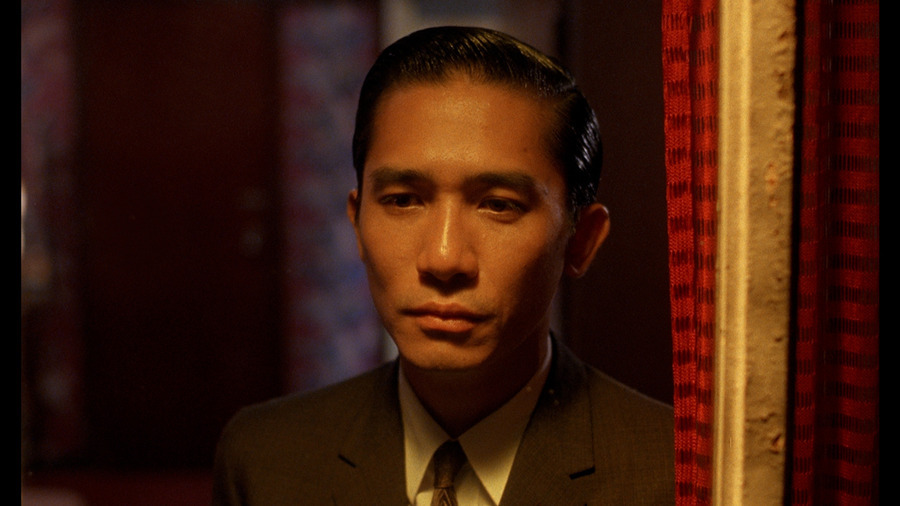
Wong Kar-Wai is part of the Hong Kong New Wave of cinema, and his masterpiece is usually identified with In The Mood for Love, his 2000 film set in the Sixties. The protagonists are two married but lonely neighbors, Chow Mo-wan and Su Li-shen, whose lives intersect. The director frequently adopts close-ups for the film, in order to convey the growing affection between the two characters, for example while they are talking or eating dinner together.
The most remembered close-up of the movie depicts Chow Mo-wan looking at Su Li-shen with admiration and desire; Tony Leung’s balanced but striking performance perfectly delivers his character’s inner thoughts.
15. The Seventh Seal
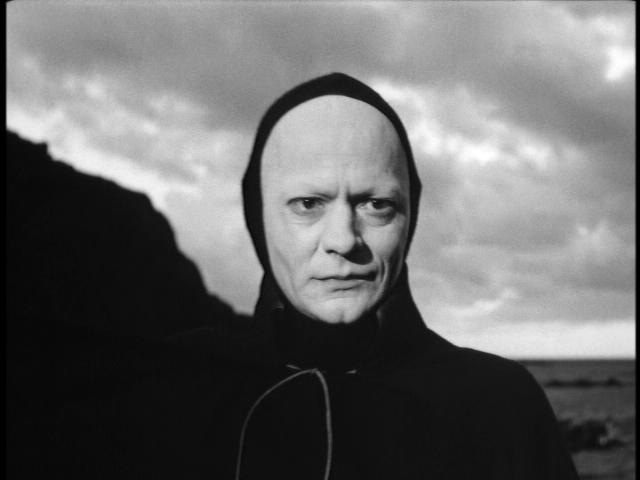
Ingmar Bergman’s tale of death and religion famously features a chess game between a knight (Max von Sydow) and death itself, personified in a grim, black-wearing and pale-faced figure which haunts the man and his group of friends.
The first encounter of the two opponents occurs on a rocky beach; Death, played by Bengt Ekerot, is shown in full figure, standing on the rocks, while the knight sits near a chess board.
When the knight stands, Death goes towards him while lifting its cowl; this is the moment when Bergman shows us a close-up of Death’s face, frightfully pale and calm, a memorable appearance from one of cinema’s better depictions of the Grim Reaper.
14. Apocalypse Now
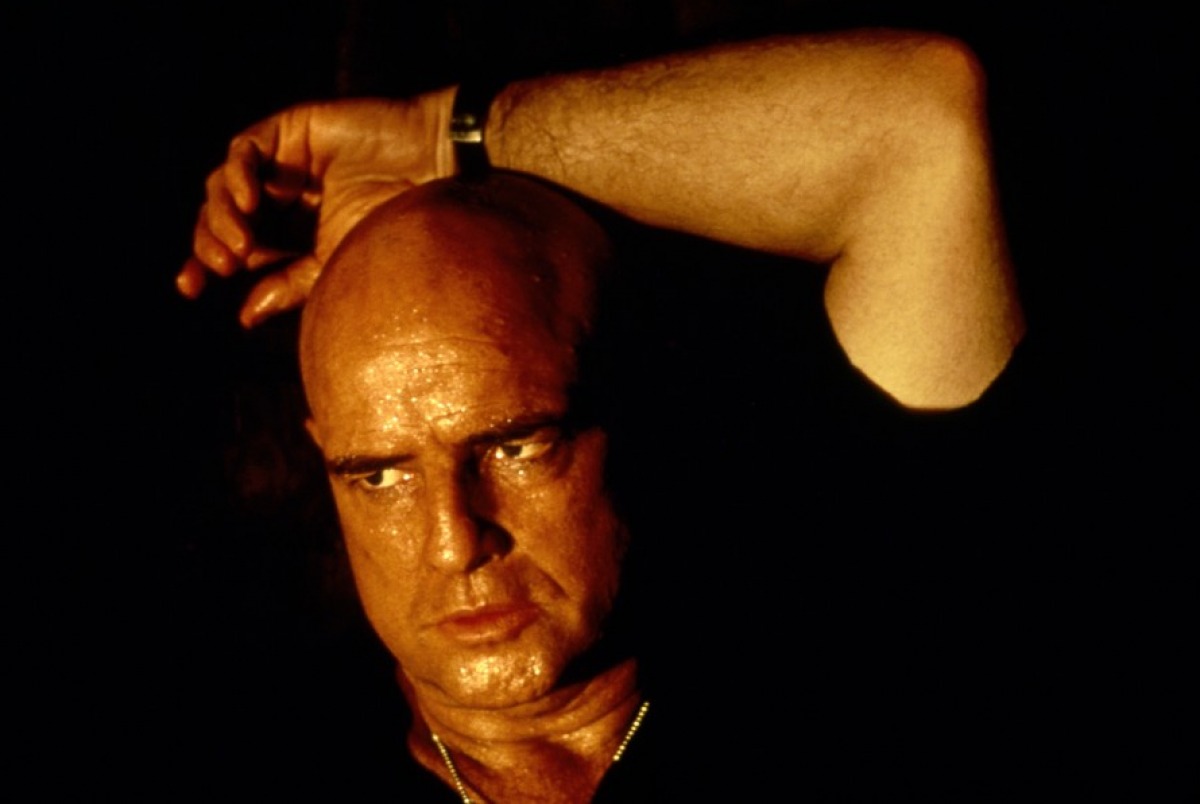
Francis Ford Coppola’s Apocalypse Now is a complex reflection about war, madness and the human experience. It was an extremely difficult production, and put Coppola and his collaborators into tremendous stress; one of the reason for the film delays and changes in production was Marlon Brando, who was too overweight to play the part as it was written. Brando, who did not prepare for the role before showing up to the set, collaborated with the director to change the script.
The result, including the peculiar way Brando’s Kurtz was framed in order to hide the actor’s appearance, is one of the most iconic performances of the century. Colonel Kurtz appears in many great close-ups in which his face seems to float in the blackness around it, while he recites his monologues.
13. The 400 Blows
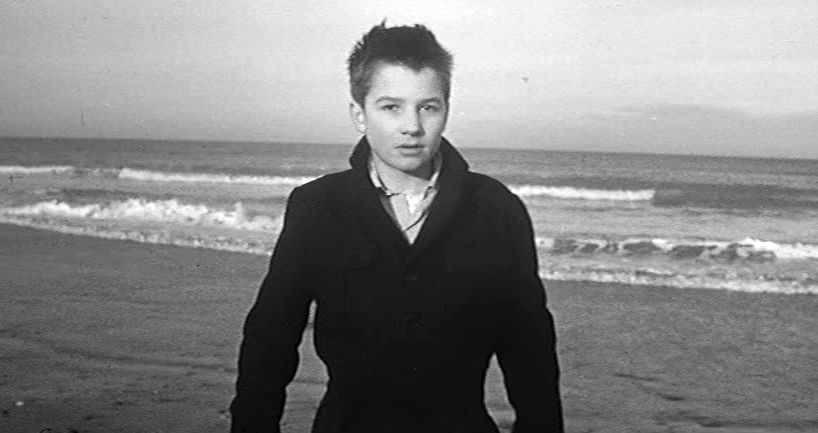
The debut of Francois Truffaut is a perfectly crafted movie in its simplicity; the story revolves around Jean-Pierre Léaud’s character, Antoine Doinel, a young boy whose misadventures Truffaut based on his real life as a problematic child in Paris. The film is full of melancholic moments, as well as lighter episodes which depict Antoine’s lightheartedness.
The famous last sequence of the movie sees Antoine escape an institute and wander until he reaches the sea, which earlier in the film he stated to have never have seen. He then turns and look directly to the spectator while the camera zooms on the freeze frame of the shot. This close-up ends the movie, and delivers one of the most defining moments of French cinema.
12. L’important c’est d’aimer

L’important c’est d’aimer is a 1975 film by Polish director Andrzej Zulawski starring Romy Schneider in one of her most acclaimed performances. The controversial film tells the story of Nadine, an actress forced to star in soft-core movies in order to make a living; a love triangle forms in which Nadine finds herself between her unemployed husband Jacques and Servais, a photographer who sees something in her.
A close-up of great effect sees Romy Schneider’s Nadine talking directly to the camera. She has just seen Servais for the first time and she is crying while asking him not to take photos of her; it is a deeply moving scene, and part of the reason why Romy Schneider’s performance got to the audience’s hearth.
11. Psycho
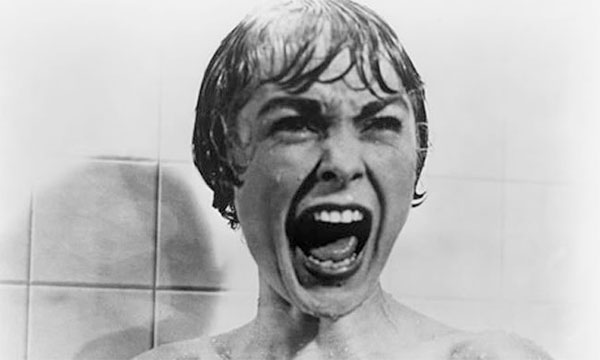
Psycho came into production after a series of issues that almost prevented its realization; Hitchcock had to shoot it with the tv crew from his show Alfred Hitchcock Presents and also had to partially finance it. The result is a masterpiece of the horror genre, and a model for many of the psychological thrillers we have seen through the years.
During the iconic shower scene, during which the first gruesome murder by “The Mother” happens, a great number of cuts is used, and most of them are close-ups of Marion Crane, the victim, and of the knife attacking her. The sequence ends with another shot of her face, only this time she is completely lifeless, while her blood goes down the shower.